ZIMBABWE
ZIMBABWE
ZIMBABWE
A vibrant safari destination
A vibrant safari destination
A vibrant safari destination
Zimbabwe, the country of our founder Claire Monson's birth, is known for its natural beauty, abundance of wildlife, rich history and culture. From the "Smoke That Thunders" and the world's largest man-made lake to the ancient floodplains of the mighty Zambezi River and the towering rock formations of the Matobo Hills.... This is Zimbabwe, a vibrant country of dramatic landscapes, impressive national parks and warm, welcoming people.
Located in the heart of southern Africa, land-locked Zimbabwe has all the ingredients for the perfect safari holiday. Bordered by two rivers - the Zambezi in the north and the Limpopo in the south - the country is an inland plateau filled with distinctive granite outcrops, rugged mountains and lush forests as well as open savannah and thornveld thickets.
Zimbabwe, the country of our founder Claire Monson's birth, is known for its natural beauty, abundance of wildlife, rich history and culture. From the "Smoke That Thunders" and the world's largest man-made lake to the ancient floodplains of the mighty Zambezi River and the towering rock formations of the Matobo Hills.... This is Zimbabwe, a vibrant country of dramatic landscapes, impressive national parks and warm, welcoming people.
Located in the heart of southern Africa, land-locked Zimbabwe has all the ingredients for the perfect safari holiday. Bordered by two rivers - the Zambezi in the north and the Limpopo in the south - the country is an inland plateau filled with distinctive granite outcrops, rugged mountains and lush forests as well as open savannah and thornveld thickets.
Zimbabwe, the country of our founder Claire Monson's birth, is known for its natural beauty, abundance of wildlife, rich history and culture. From the "Smoke That Thunders" and the world's largest man-made lake to the ancient floodplains of the mighty Zambezi River and the towering rock formations of the Matobo Hills.... This is Zimbabwe, a vibrant country of dramatic landscapes, impressive national parks and warm, welcoming people.
Located in the heart of southern Africa, land-locked Zimbabwe has all the ingredients for the perfect safari holiday. Bordered by two rivers - the Zambezi in the north and the Limpopo in the south - the country is an inland plateau filled with distinctive granite outcrops, rugged mountains and lush forests as well as open savannah and thornveld thickets.



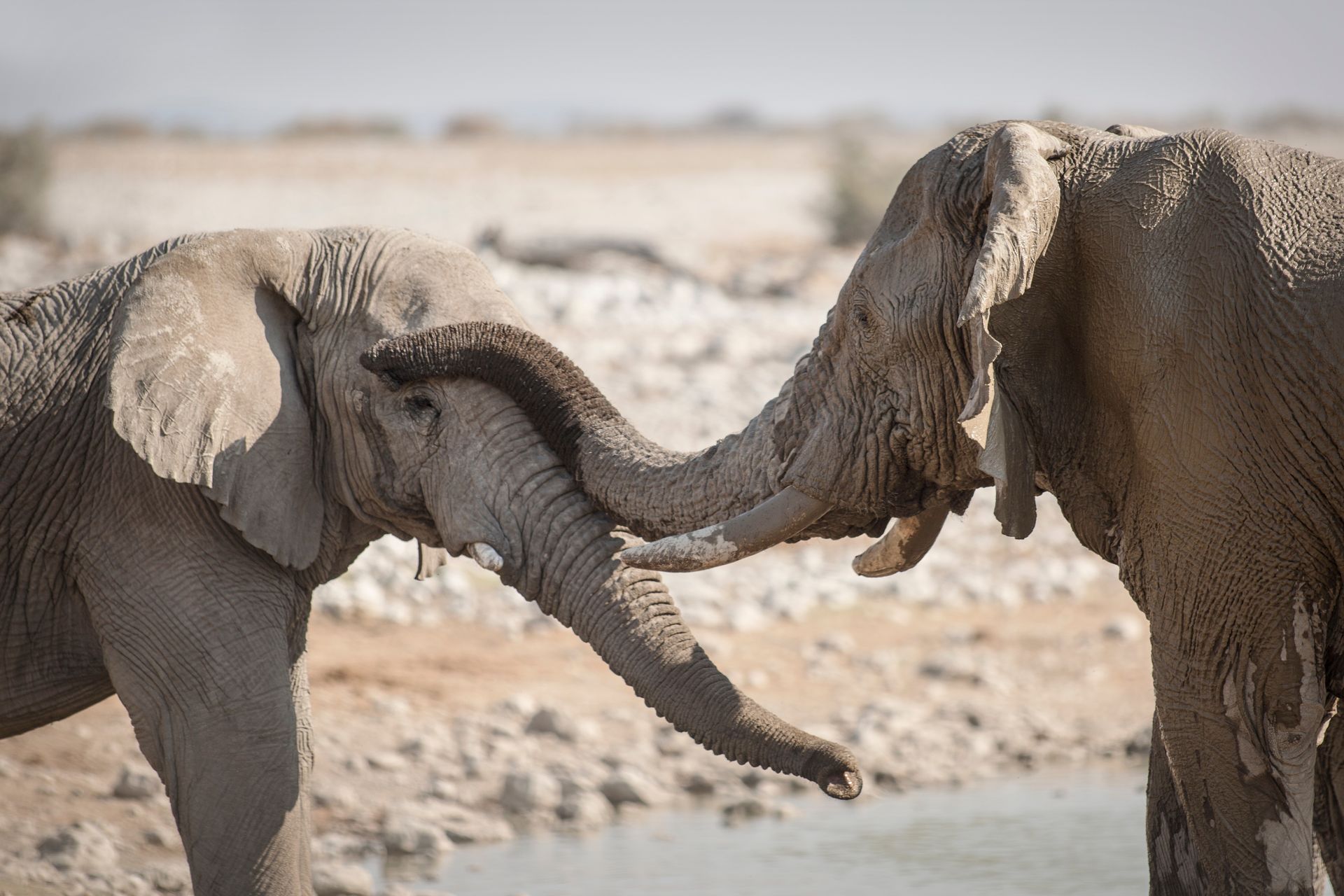
Slide title
Write your caption hereButton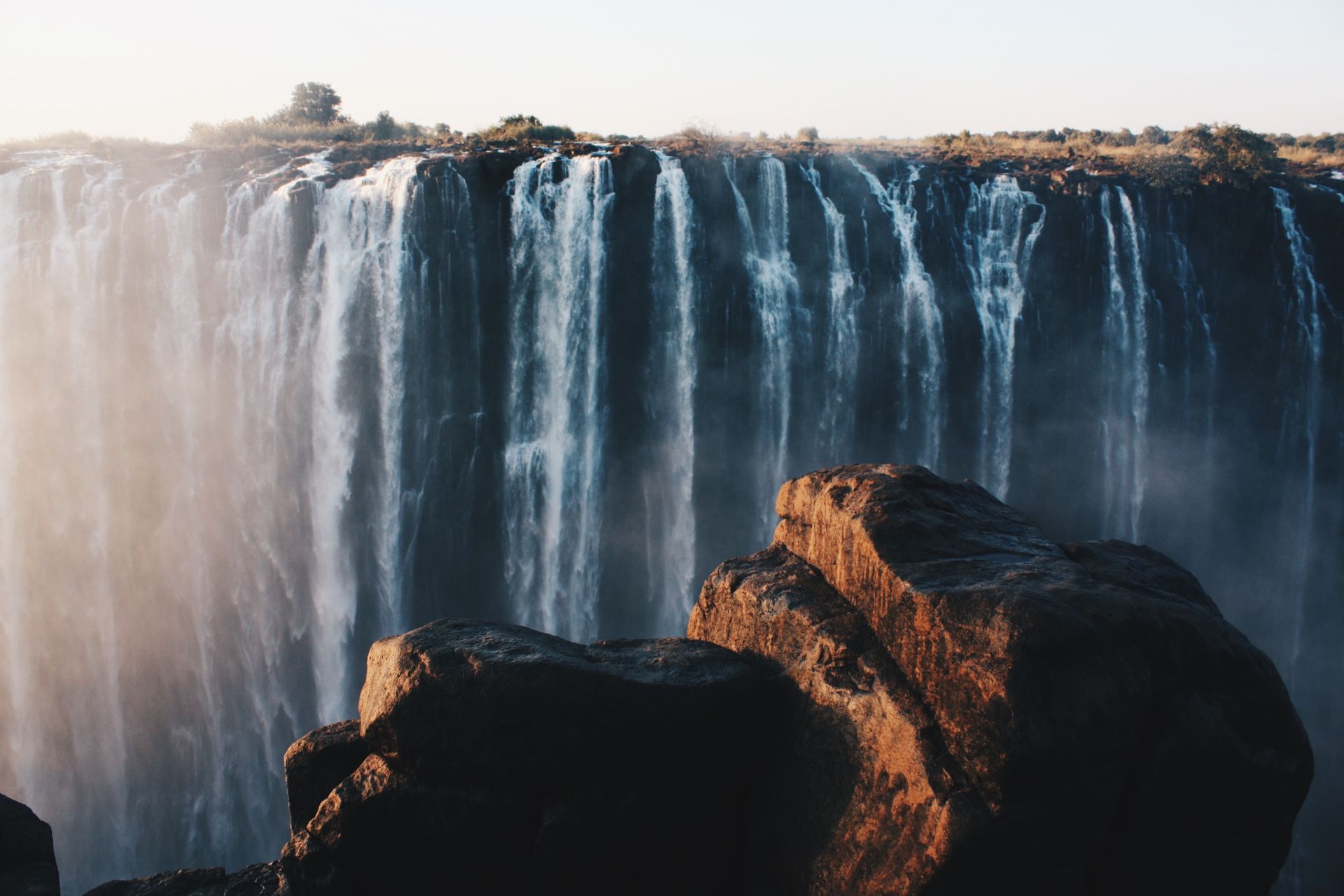
Slide title
Write your caption hereButton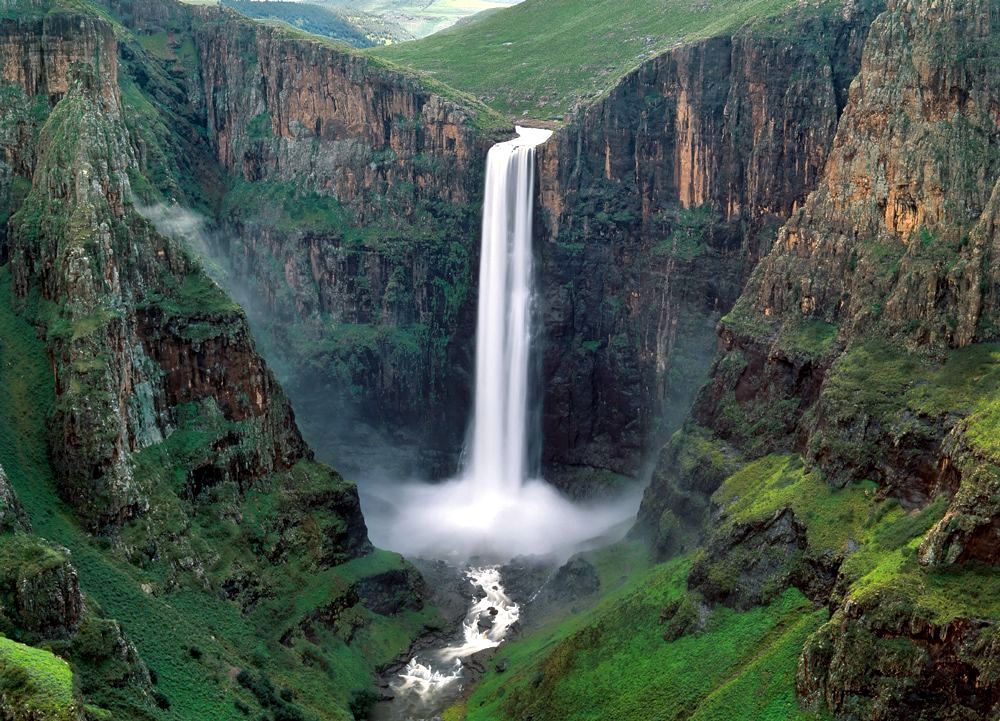
Slide title
Write your caption hereButton
About Zimbabwe
Steeped in history dating back thousands of years, Zimbabwe is a cultural melting pot that includes 2000-year-old San cave paintings and the Iron Age stone citadel of Great Zimbabwe - a thriving trade centre hundreds of years before colonisation.
In modern times the country was the site of the largest wildlife relocation programme yet undertaken - Operation Noah - to accommodate the building of Kariba Dam, which holds back the floodwaters of the Zambezi. The dam created the 5,400 square kilometre Lake Kariba - the largest body of man-made water in the world.
Bordered by South Africa, Botswana, Zambia,and Mozambique, evidence of a powerful ancient kingdom can be found in the Great Zimbabwe ruins,while the country itself gained independence in 1980 after a long colonial period.
Zimbabwe's diverse beauty ranges from the vast expanse of its high plateau to the majestic eastern mountains. With a rich cultural tapestry woven by the Shona and Ndebele people as the most prominent threads, Zimbabwe boasts a remarkable 16 official languages!
Here are some of the top destinations in Zimbabwe...

Slide title
Write your caption hereButton
Slide title
Write your caption hereButton
Slide title
Write your caption hereButton
About Zimbabwe
Steeped in history dating back thousands of years, Zimbabwe is a cultural melting pot that includes 2000-year-old San cave paintings and the Iron Age stone citadel of Great Zimbabwe - a thriving trade centre hundreds of years before colonisation.
In modern times the country was the site of the largest wildlife relocation programme yet undertaken - Operation Noah - to accommodate the building of Kariba Dam, which holds back the floodwaters of the Zambezi. The dam created the 5,400 square kilometre Lake Kariba - the largest body of man-made water in the world.
Bordered by South Africa, Botswana, Zambia,and Mozambique, evidence of a powerful ancient kingdom can be found in the Great Zimbabwe ruins,while the country itself gained independence in 1980 after a long colonial period.
Zimbabwe's diverse beauty ranges from the vast expanse of its high plateau to the majestic eastern mountains. With a rich cultural tapestry woven by the Shona and Ndebele people as the most prominent threads, Zimbabwe boasts a remarkable 16 official languages!
Here are some of the top destinations in Zimbabwe...

Slide title
Write your caption hereButton
Slide title
Write your caption hereButton
Slide title
Write your caption hereButton
About Zimbabwe
Steeped in history dating back thousands of years, Zimbabwe is a cultural melting pot that includes 2000-year-old San cave paintings and the Iron Age stone citadel of Great Zimbabwe - a thriving trade centre hundreds of years before colonisation.
In modern times the country was the site of the largest wildlife relocation programme yet undertaken - Operation Noah - to accommodate the building of Kariba Dam, which holds back the floodwaters of the Zambezi. The dam created the 5,400 square kilometre Lake Kariba - the largest body of man-made water in the world.
Bordered by South Africa, Botswana, Zambia,and Mozambique, evidence of a powerful ancient kingdom can be found in the Great Zimbabwe ruins,while the country itself gained independence in 1980 after a long colonial period.
Zimbabwe's diverse beauty ranges from the vast expanse of its high plateau to the majestic eastern mountains. With a rich cultural tapestry woven by the Shona and Ndebele people as the most prominent threads, Zimbabwe boasts a remarkable 16 official languages!
Here are some of the top destinations in Zimbabwe...
MATOBO NATIONAL PARK
With its towering, teetering rock formations and dramatic "koppies" that dominate the horizon, Matobo National Park is unlike any other national park in Zimbabwe or Southern Africa.
The proliferation of large boulders, some piled precariously high, provide abundant natural shelters and have been associated with human occupation from the early Stone Age.
Today the rocks are frequented by tourists from across the world who come to view the park's outstanding collection of ancient rock paintings, breathtaking landscapes and wonderful wildlife.
At just over 44,000ha, Matobo National Park is home to a healthy population of exceptionally well-protected white and black rhino as well as giraffe, leopard, cheetah, hyena and antelope. It's also renowned for its raptors, especially the black, or Verreaux's eagle.
It's the small stuff that also captures the imagination at Matobo National Park - from the intriguing little elephant shrew to the brightly coloured and aptly named rainbow skink.
The best way to explore the impressive landscape is on foot, hiking through the rock formations and perhaps visiting the grave of Cecil Rhodes which is carved into the summit of Malindidzumu.
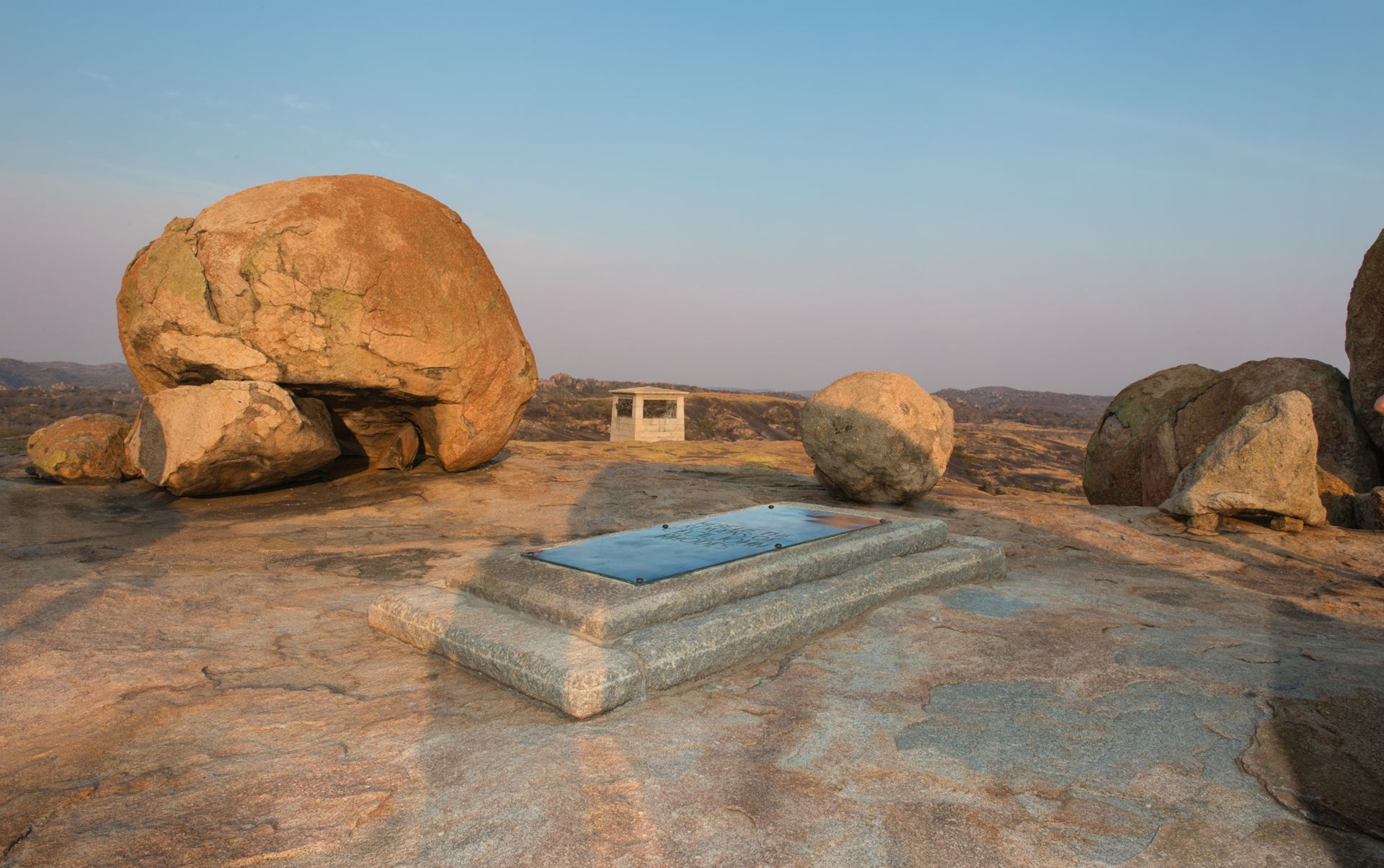
Slide title
Write your caption hereButton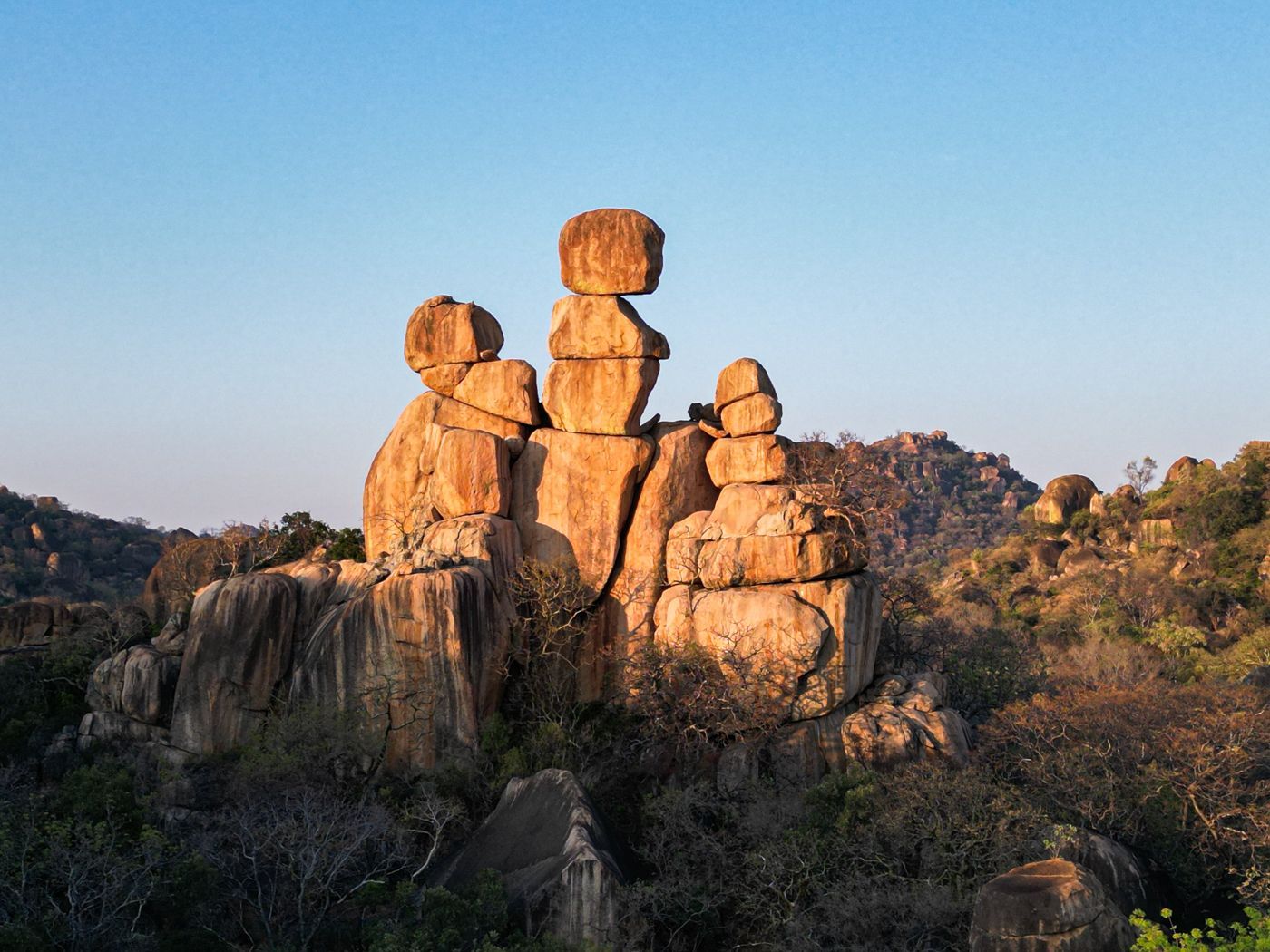
Slide title
Write your caption hereButton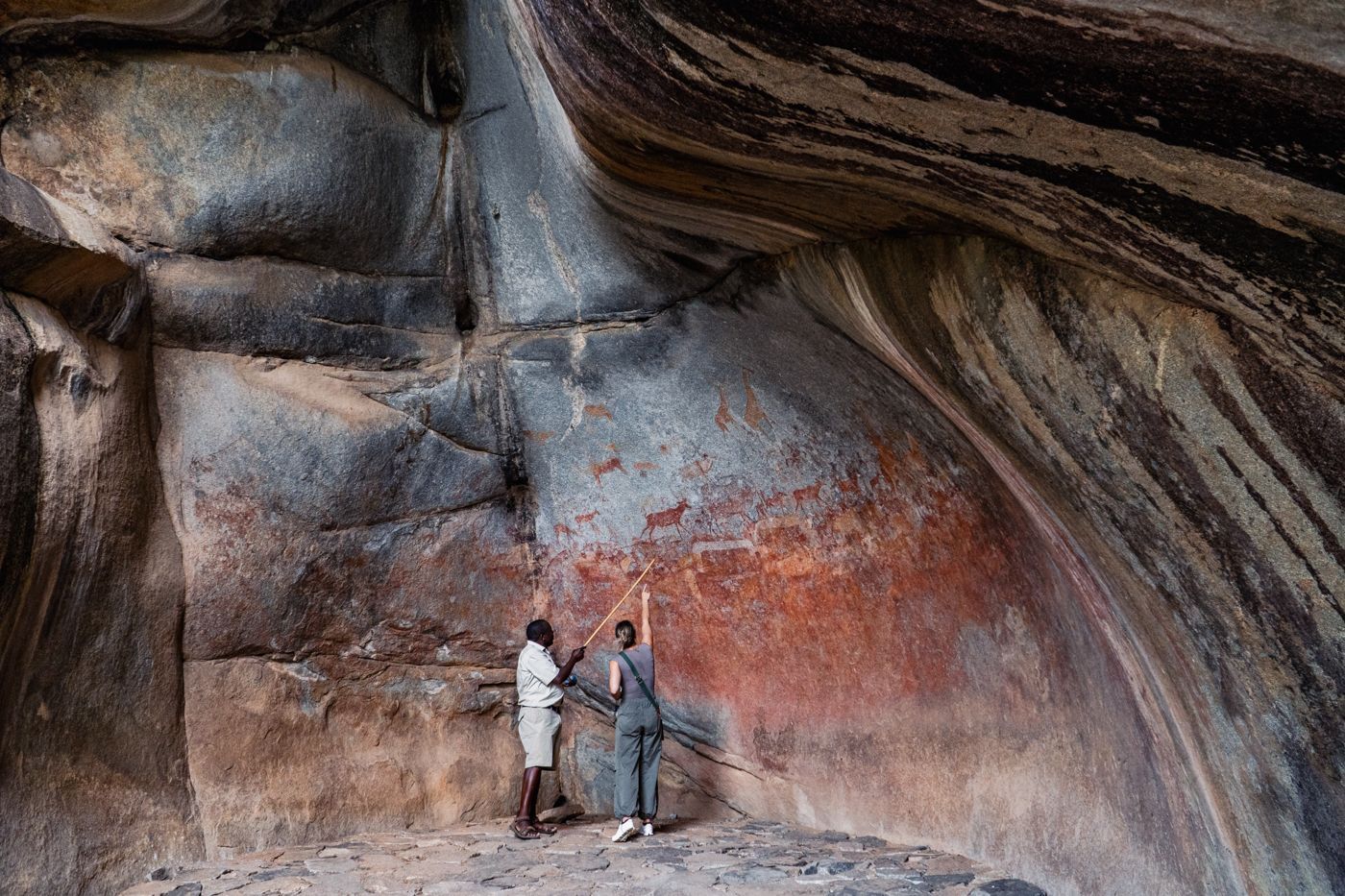
Slide title
Write your caption hereButton
MATOBO NATIONAL PARK
With its towering, teetering rock formations and dramatic "koppies" that dominate the horizon, Matobo National Park is unlike any other national park in Zimbabwe or Southern Africa.
The proliferation of large boulders, some piled precariously high, provide abundant natural shelters and have been associated with human occupation from the early Stone Age.
Today the rocks are frequented by tourists from across the world who come to view the park's outstanding collection of ancient rock paintings, breathtaking landscapes and wonderful wildlife.
At just over 44,000ha, Matobo National Park is home to a healthy population of exceptionally well-protected white and black rhino as well as giraffe, leopard, cheetah, hyena and antelope. It's also renowned for its raptors, especially the black, or Verreaux's eagle.
It's the small stuff that also captures the imagination at Matobo National Park - from the intriguing little elephant shrew to the brightly coloured and aptly named rainbow skink.
The best way to explore the impressive landscape is on foot, hiking through the rock formations and perhaps visiting the grave of Cecil Rhodes which is carved into the summit of Malindidzumu.
MATOBO NATIONAL PARK
With its towering, teetering rock formations and dramatic "koppies" that dominate the horizon, Matobo National Park is unlike any other national park in Zimbabwe or Southern Africa.
The proliferation of large boulders, some piled precariously high, provide abundant natural shelters and have been associated with human occupation from the early Stone Age.
Today the rocks are frequented by tourists from across the world who come to view the park's outstanding collection of ancient rock paintings, breathtaking landscapes and wonderful wildlife.
At just over 44,000ha, Matobo National Park is home to a healthy population of exceptionally well-protected white and black rhino as well as giraffe, leopard, cheetah, hyena and antelope. It's also renowned for its raptors, especially the black, or Verreaux's eagle.
It's the small stuff that also captures the imagination at Matobo National Park - from the intriguing little elephant shrew to the brightly coloured and aptly named rainbow skink.
The best way to explore the impressive landscape is on foot, hiking through the rock formations and perhaps visiting the grave of Cecil Rhodes which is carved into the summit of Malindidzumu.



MANA POOLS & HWANGE NATIONAL PARKS
These two outstanding national parks complement one another impeccably and combine to offer the safari of a lifetime...
Mana Pools National Park, located on the Zambezi River in the far north of Zimbabwe, is a UNESCO World Heritage Site and offers superb wildlife viewing and expansive vistas. Its ancient floodplains are thick with groves of albida trees which provide refuge for huge herds of elephant, buffalo, eland and general plains game.
This is the home of exceptional walking and canoe safaris, taking advantage of the plethora of game along the Zambezi. The southern region of the park around Chitake Spring is known for its lions and visitors also stand the chance to see painted wolves (African wild dogs) and leopard.
Hwange National Park Along the Botswana border, Hwange National Park is home to some of southern Africa’s last great elephant, buffalo and sable herds. It's the largest national park in Zimbabwe, covering an impressive 14,650 sq km and more than 100 species of mammals reside here, as do almost 400 species of birds - a number that's bolstered in the rainy season by a plethora of summer migrants.

Slide title
Write your caption hereButton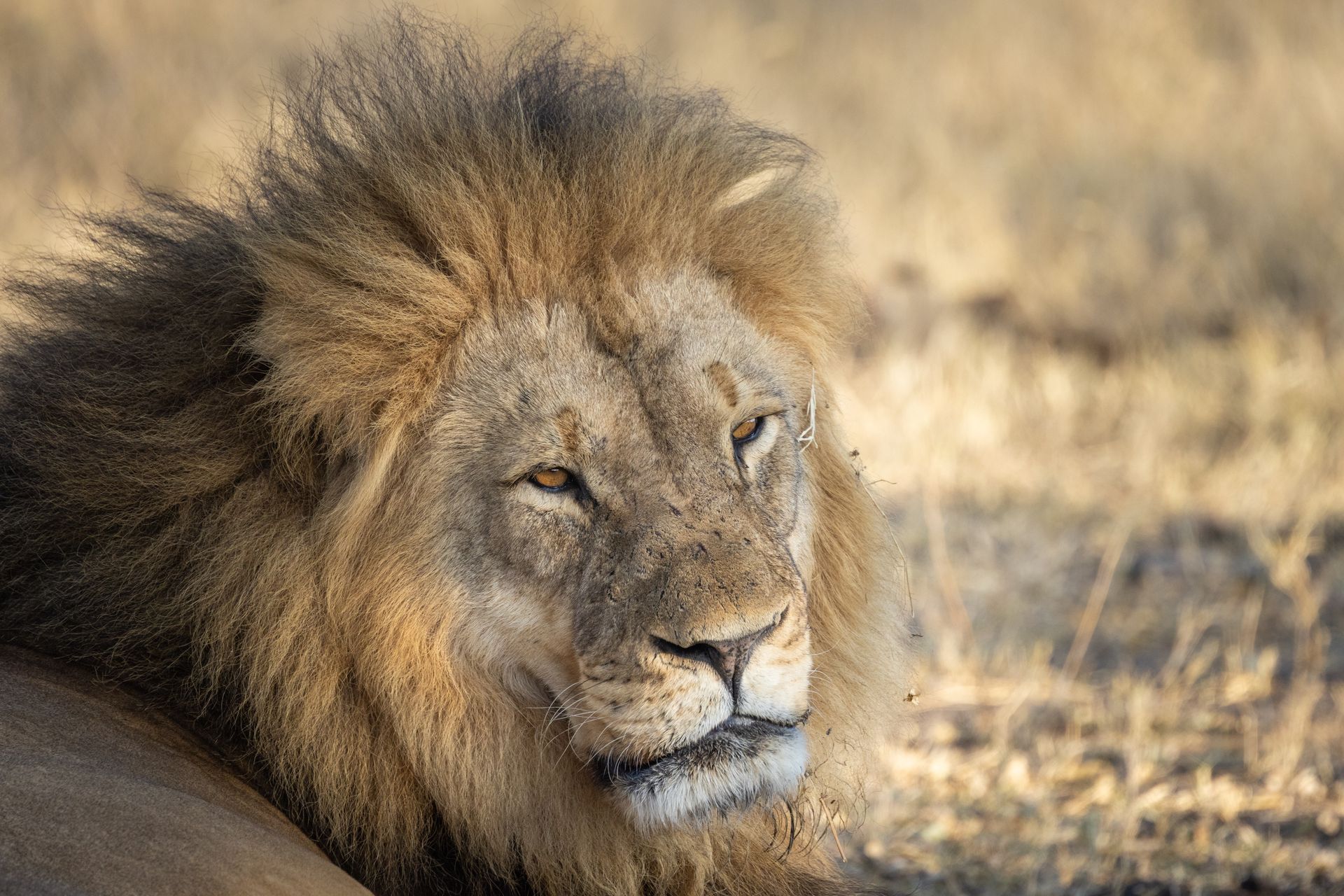
Slide title
Write your caption hereButton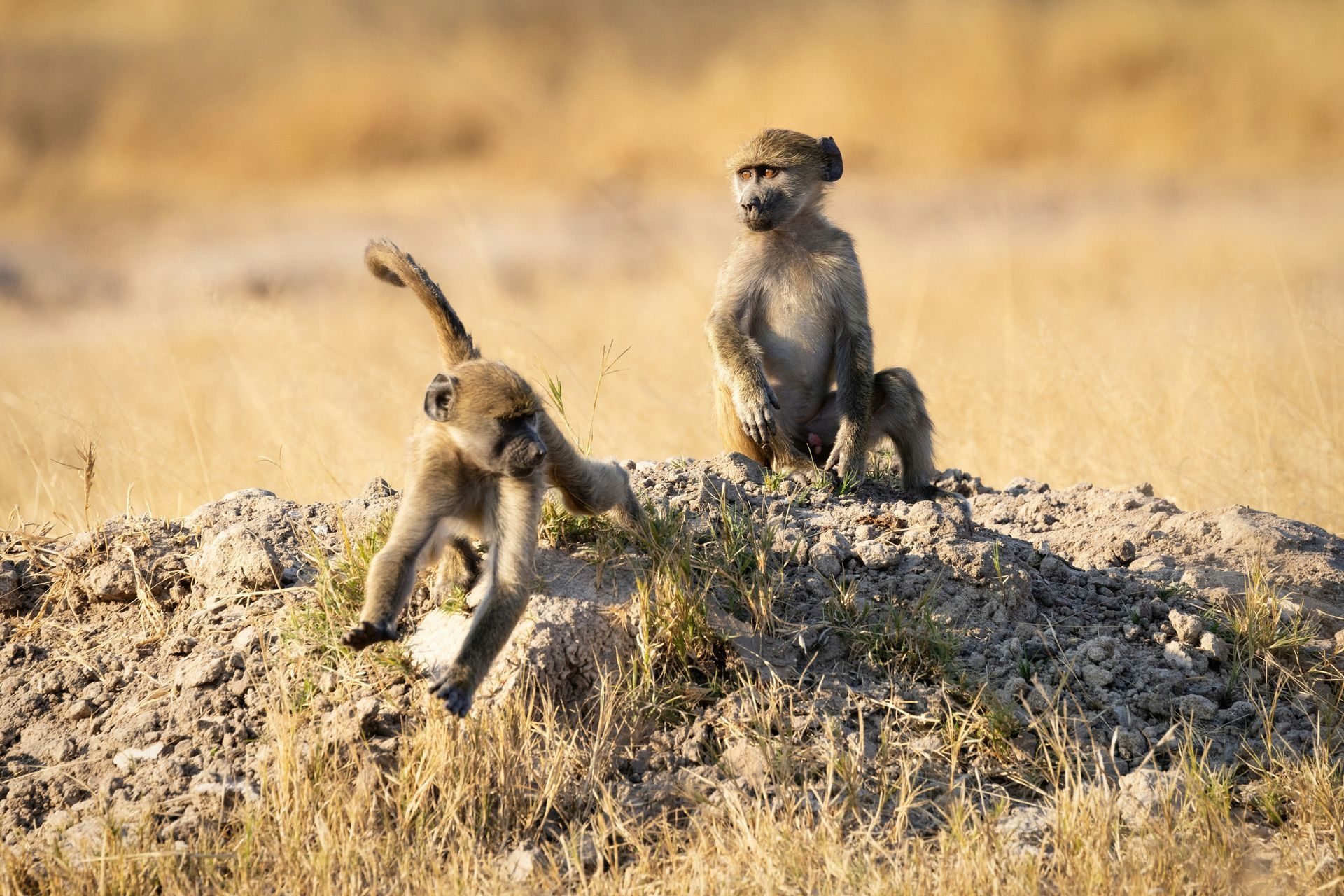
Slide title
Write your caption hereButton
MANA POOLS & HWANGE NATIONAL PARKS
These two outstanding national parks complement one another impeccably and combine to offer the safari of a lifetime...
Mana Pools National Park, located on the Zambezi River in the far north of Zimbabwe, is a UNESCO World Heritage Site and offers superb wildlife viewing and expansive vistas. Its ancient floodplains are thick with groves of albida trees which provide refuge for huge herds of elephant, buffalo, eland and general plains game.
This is the home of exceptional walking and canoe safaris, taking advantage of the plethora of game along the Zambezi. The southern region of the park around Chitake Spring is known for its lions and visitors also stand the chance to see painted wolves (African wild dogs) and leopard.
Hwange National Park Along the Botswana border, Hwange National Park is home to some of southern Africa’s last great elephant, buffalo and sable herds. It's the largest national park in Zimbabwe, covering an impressive 14,650 sq km and more than 100 species of mammals reside here, as do almost 400 species of birds - a number that's bolstered in the rainy season by a plethora of summer migrants.
MANA POOLS & HWANGE NATIONAL PARKS
These two outstanding national parks complement one another impeccably and combine to offer the safari of a lifetime...
Mana Pools National Park, located on the Zambezi River in the far north of Zimbabwe, is a UNESCO World Heritage Site and offers superb wildlife viewing and expansive vistas. Its ancient floodplains are thick with groves of albida trees which provide refuge for huge herds of elephant, buffalo, eland and general plains game.
This is the home of exceptional walking and canoe safaris, taking advantage of the plethora of game along the Zambezi. The southern region of the park around Chitake Spring is known for its lions and visitors also stand the chance to see painted wolves (African wild dogs) and leopard.
Hwange National Park Along the Botswana border, Hwange National Park is home to some of southern Africa’s last great elephant, buffalo and sable herds. It's the largest national park in Zimbabwe, covering an impressive 14,650 sq km and more than 100 species of mammals reside here, as do almost 400 species of birds - a number that's bolstered in the rainy season by a plethora of summer migrants.



VICTORIA FALLS
Dominating a vast swathe of Botswana, the Kalahari Desert is a place of stark beauty and surprising resilience. Unlike the stereotypical image of a barren wasteland, Botswana's Kalahari is a semi-arid savannah, sculpted by the ever-present wind. Seasonal rains transform this dusty expanse into a vibrant landscape, pulsating with life that has adapted to thrive in this unforgiving environment.
The Central Kalahari Game Reserve boasts hidden gems like the Boteti River, a lifeline for wildlife during the dry season, and fossilised riverbeds whispering tales of a wetter past.
The Kalahari's resilience is in its diversity. Acacia trees, their roots reaching deep for hidden water, dot the landscape. Springbok and gemsbok gracefully traverse the plains, while ever-watchful meerkats stand sentry on their hind legs.
Following the precious rains, wildflowers erupt in a vibrant display, painting the vast landscapes in a kaleidoscope of colours. The Kalahari is also home to the fascinating San people, whose rich culture is deeply intertwined with the desert's rhythm. Having adapted to this challenging environment for millennia, they offer a glimpse into a way of life shaped by the Kalahari's unique beauty and harsh realities.
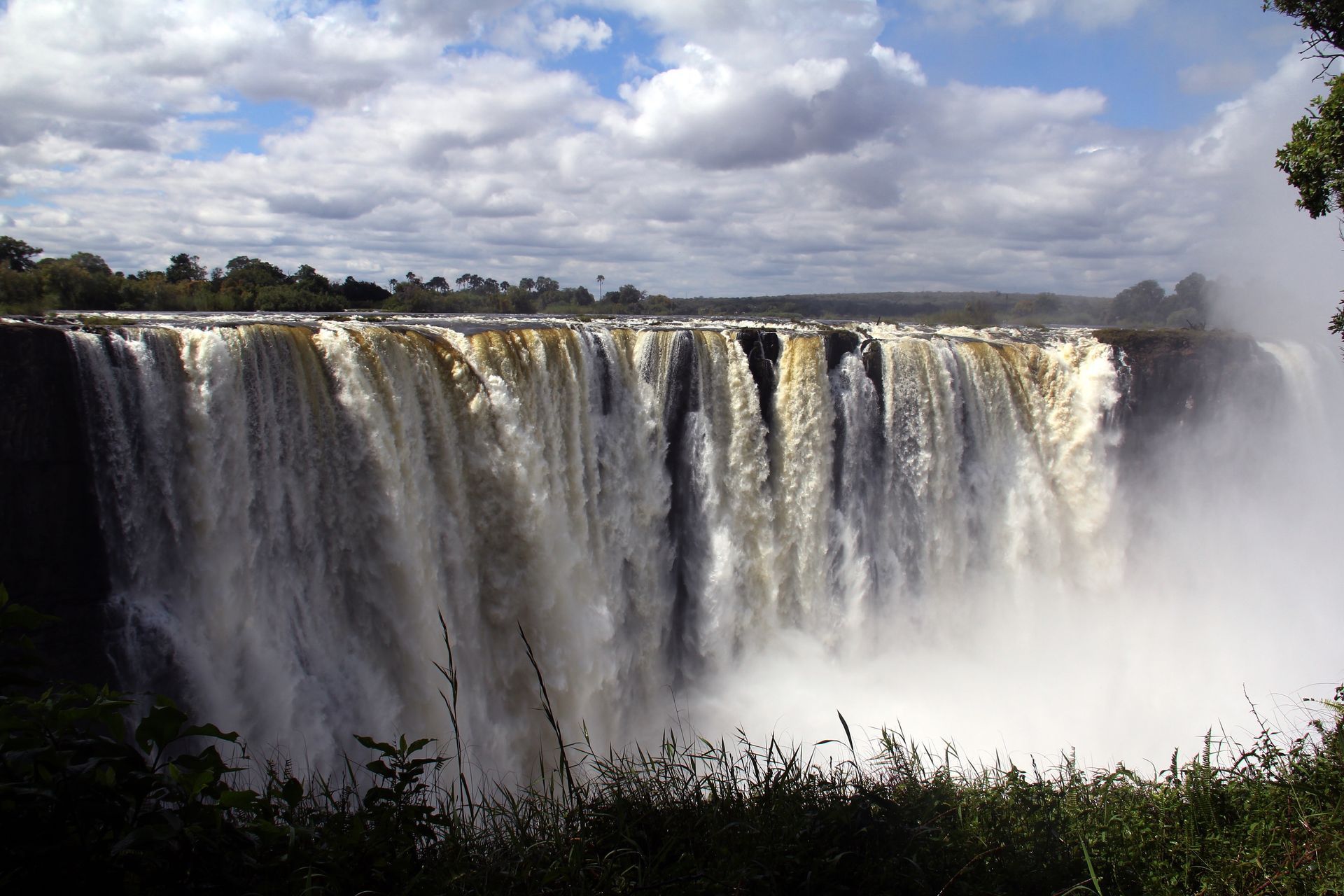
Slide title
Write your caption hereButton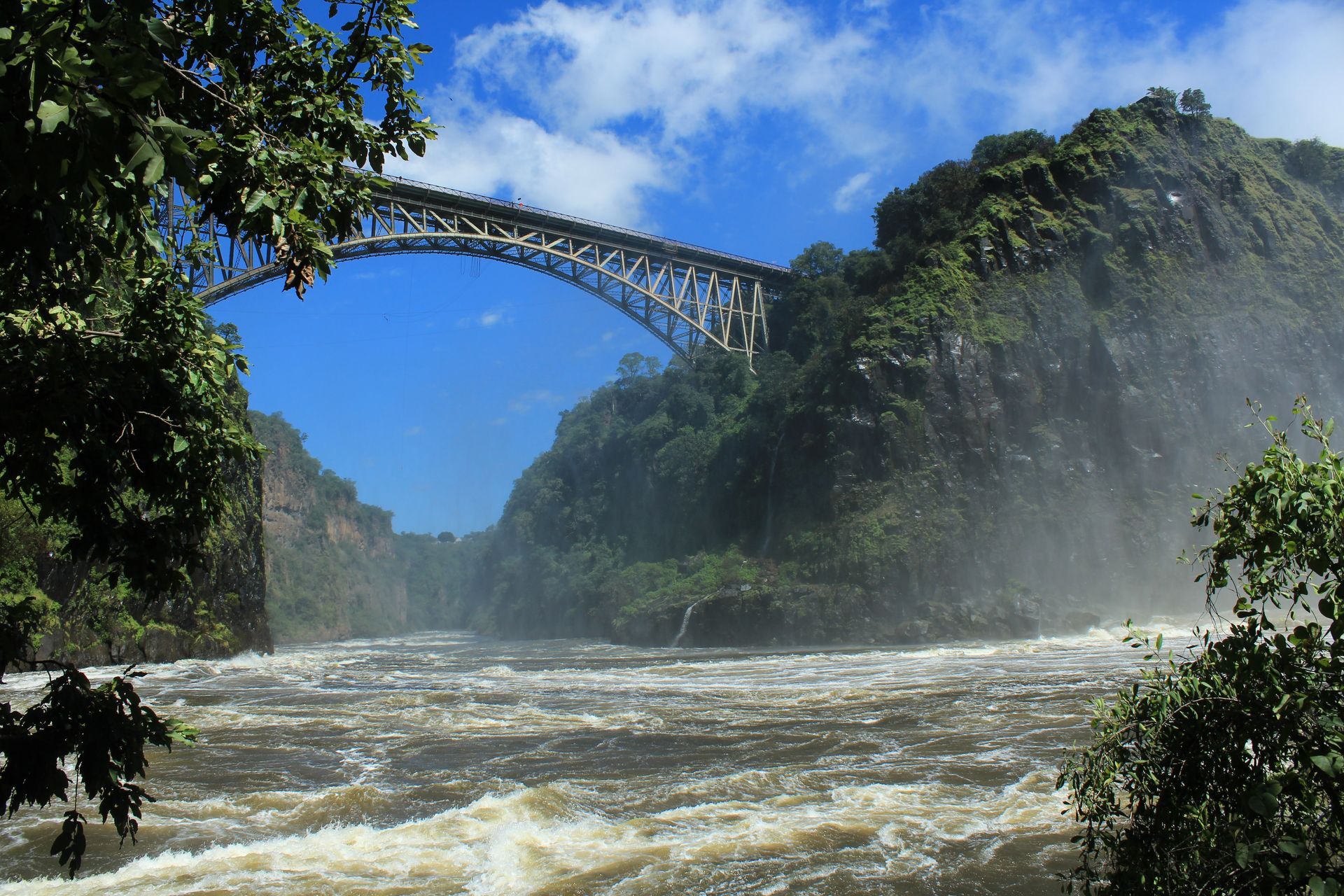
Slide title
Write your caption hereButton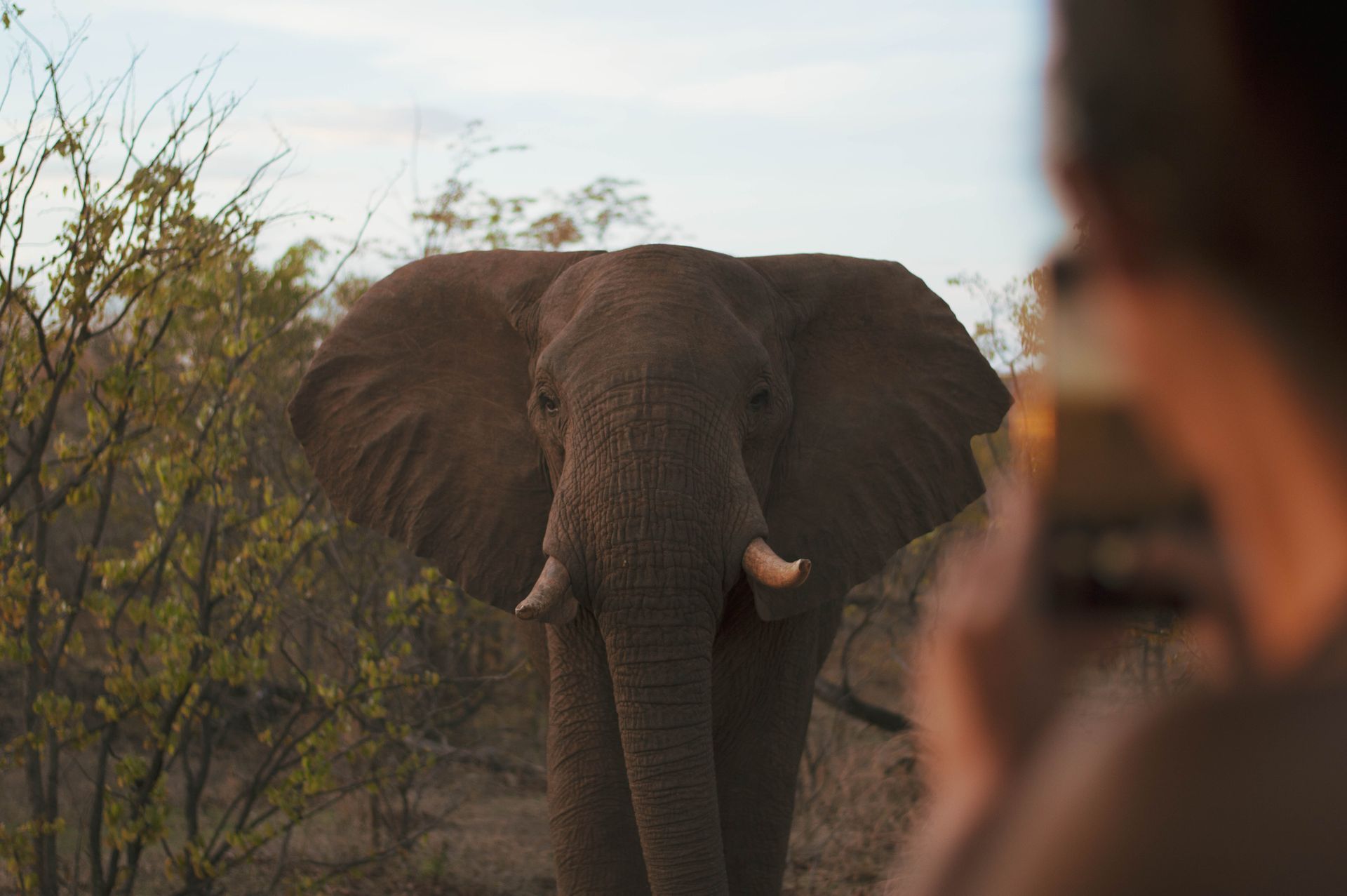
Slide title
Write your caption hereButton
VICTORIA FALLS
Dominating a vast swathe of Botswana, the Kalahari Desert is a place of stark beauty and surprising resilience. Unlike the stereotypical image of a barren wasteland, Botswana's Kalahari is a semi-arid savannah, sculpted by the ever-present wind. Seasonal rains transform this dusty expanse into a vibrant landscape, pulsating with life that has adapted to thrive in this unforgiving environment.
The Central Kalahari Game Reserve boasts hidden gems like the Boteti River, a lifeline for wildlife during the dry season, and fossilised riverbeds whispering tales of a wetter past.
The Kalahari's resilience is in its diversity. Acacia trees, their roots reaching deep for hidden water, dot the landscape. Springbok and gemsbok gracefully traverse the plains, while ever-watchful meerkats stand sentry on their hind legs.
Following the precious rains, wildflowers erupt in a vibrant display, painting the vast landscapes in a kaleidoscope of colours. The Kalahari is also home to the fascinating San people, whose rich culture is deeply intertwined with the desert's rhythm. Having adapted to this challenging environment for millennia, they offer a glimpse into a way of life shaped by the Kalahari's unique beauty and harsh realities.
VICTORIA FALLS
Dominating a vast swathe of Botswana, the Kalahari Desert is a place of stark beauty and surprising resilience. Unlike the stereotypical image of a barren wasteland, Botswana's Kalahari is a semi-arid savannah, sculpted by the ever-present wind. Seasonal rains transform this dusty expanse into a vibrant landscape, pulsating with life that has adapted to thrive in this unforgiving environment.
The Central Kalahari Game Reserve boasts hidden gems like the Boteti River, a lifeline for wildlife during the dry season, and fossilised riverbeds whispering tales of a wetter past.
The Kalahari's resilience is in its diversity. Acacia trees, their roots reaching deep for hidden water, dot the landscape. Springbok and gemsbok gracefully traverse the plains, while ever-watchful meerkats stand sentry on their hind legs.
Following the precious rains, wildflowers erupt in a vibrant display, painting the vast landscapes in a kaleidoscope of colours. The Kalahari is also home to the fascinating San people, whose rich culture is deeply intertwined with the desert's rhythm. Having adapted to this challenging environment for millennia, they offer a glimpse into a way of life shaped by the Kalahari's unique beauty and harsh realities.



LAKE KARIBA & MATUSADONA NATIONAL PARK
Forming a border between Zimbabwe and neighbouring Zambia, Lake Kariba is a majestic marvel, boasting the title of the world's largest man-made lake by volume. Created in 1959 by the Kariba Dam on the mighty Zambezi River, it stretches an impressive 280km in length.
This vast lake is a haven for wildlife, with boat safaris offering sightings of hippos and crocodiles basking on the shores. Anglers can also test their skills against the legendary tiger fish, making Lake Kariba a popular destination for adventure seekers and nature lovers alike.
Matusadona National Park on the shores of Lake Kariba is a wildlife haven. This remote park features rugged landscapes of mopane woodlands and the Matusadona Mountains create a dramatic backdrop for game drives and boat-based safaris that hug its shoreline.
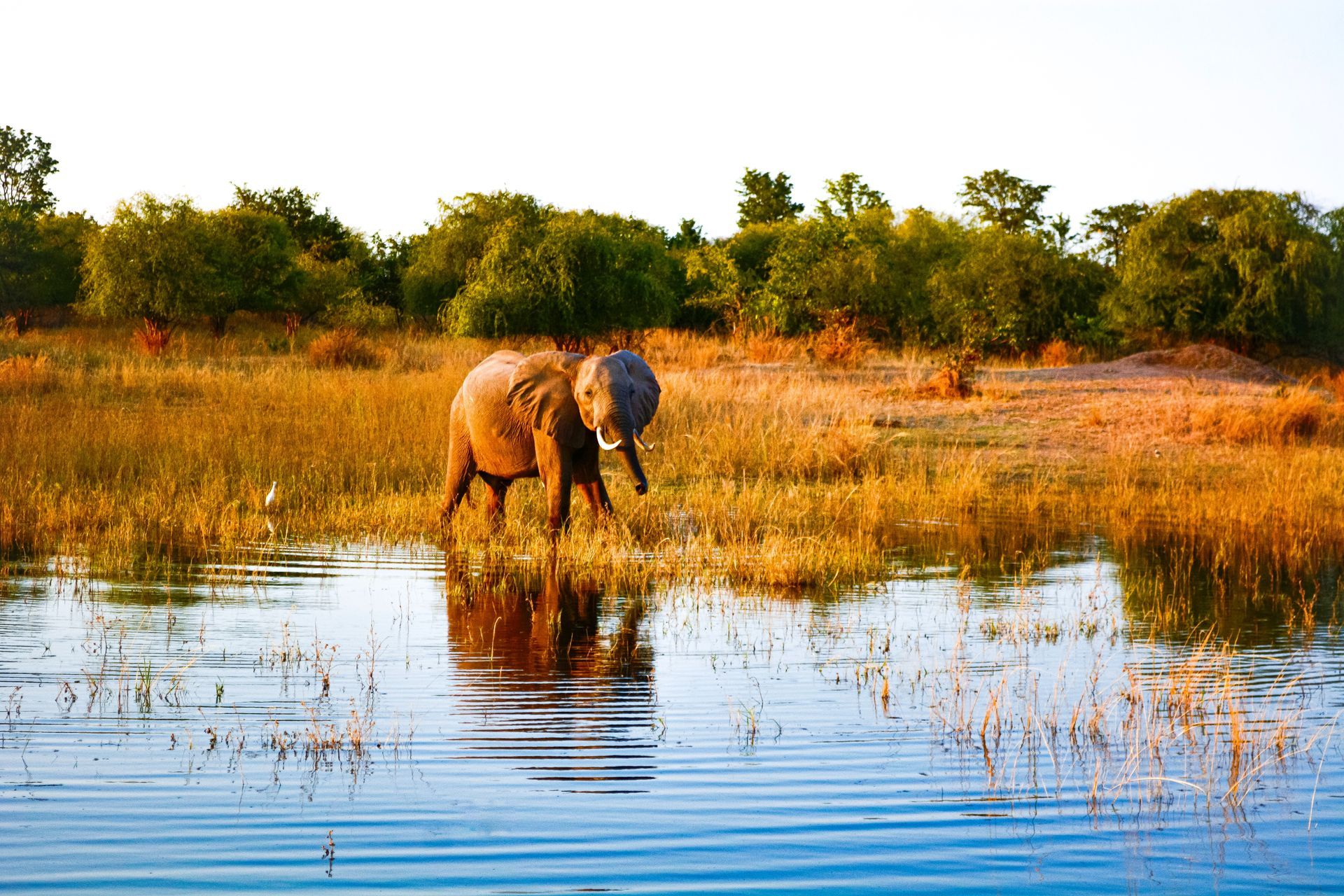
Slide title
Write your caption hereButton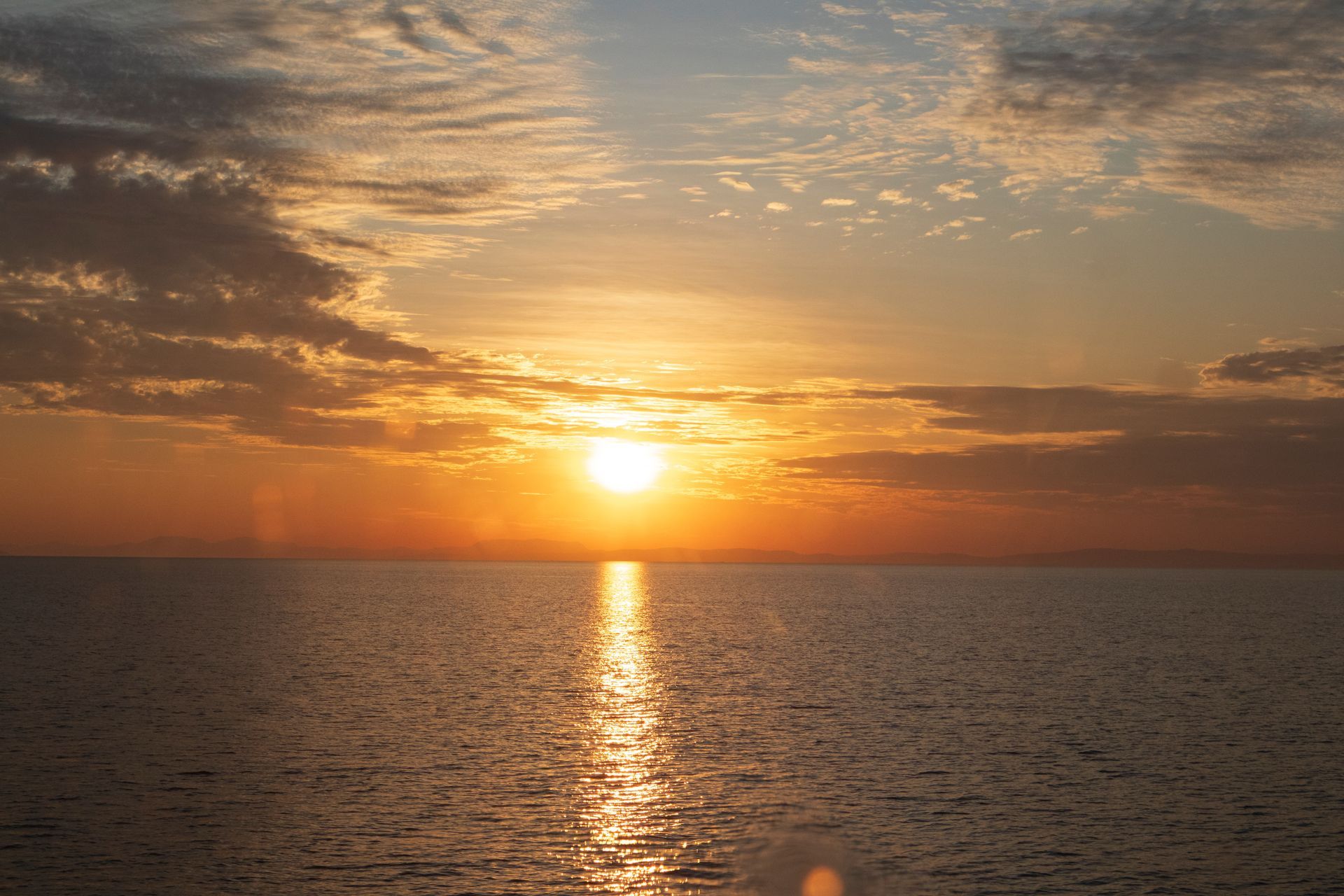
Slide title
Write your caption hereButton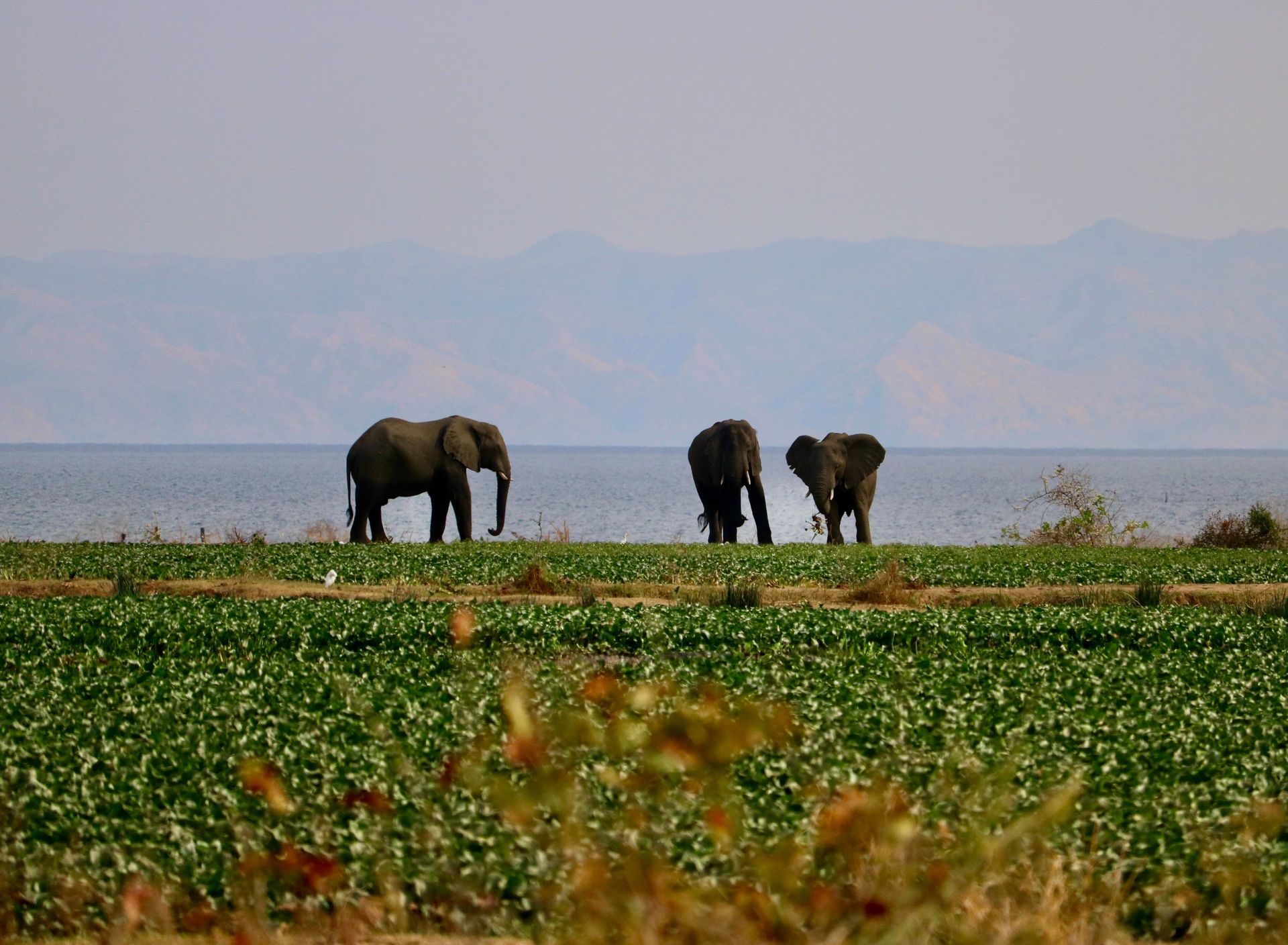
Slide title
Write your caption hereButton
LAKE KARIBA & MATUSADONA NATIONAL PARK
Forming a border between Zimbabwe and neighbouring Zambia, Lake Kariba is a majestic marvel, boasting the title of the world's largest man-made lake by volume. Created in 1959 by the Kariba Dam on the mighty Zambezi River, it stretches an impressive 280km in length.
This vast lake is a haven for wildlife, with boat safaris offering sightings of hippos and crocodiles basking on the shores. Anglers can also test their skills against the legendary tiger fish, making Lake Kariba a popular destination for adventure seekers and nature lovers alike.
Matusadona National Park on the shores of Lake Kariba is a wildlife haven. This remote park features rugged landscapes of mopane woodlands and the Matusadona Mountains create a dramatic backdrop for game drives and boat-based safaris that hug its shoreline.
LAKE KARIBA & MATUSADONA NATIONAL PARK
Forming a border between Zimbabwe and neighbouring Zambia, Lake Kariba is a majestic marvel, boasting the title of the world's largest man-made lake by volume. Created in 1959 by the Kariba Dam on the mighty Zambezi River, it stretches an impressive 280km in length.
This vast lake is a haven for wildlife, with boat safaris offering sightings of hippos and crocodiles basking on the shores. Anglers can also test their skills against the legendary tiger fish, making Lake Kariba a popular destination for adventure seekers and nature lovers alike.
Matusadona National Park on the shores of Lake Kariba is a wildlife haven. This remote park features rugged landscapes of mopane woodlands and the Matusadona Mountains create a dramatic backdrop for game drives and boat-based safaris that hug its shoreline.



GREAT ZIMBABWE
Great Zimbabwe is a captivating historical enigma. This UNESCO World Heritage Site is not your typical archaeological site – it's a vast complex of awe-inspiring stone ruins, the largest such collection in southern Africa. Built by the ancestors of the Shona people in the 11th century, this remarkable city flourished during the Late Iron Age before its eventual abandonment in the 15th century.
Great Zimbabwe remains a mystery, a testament to a powerful and sophisticated African civilization and offers a glimpse into the lives of the people who built this extraordinary city.
The most awe-inspiring aspect of Great Zimbabwe is its dry-stone architecture. These massive stone structures, some reaching 10m in height, were astonishingly built without mortar. Theories abound about the city's purpose, ranging from a royal palace and a political centre to a significant grain storage facility.
A lasting legacy of Great Zimbabwe are the soapstone bird figurines unearthed from the ruins. Known as the Zimbabwe Bird, this national symbol even graces the Zimbabwean flag.

Slide title
Write your caption hereButton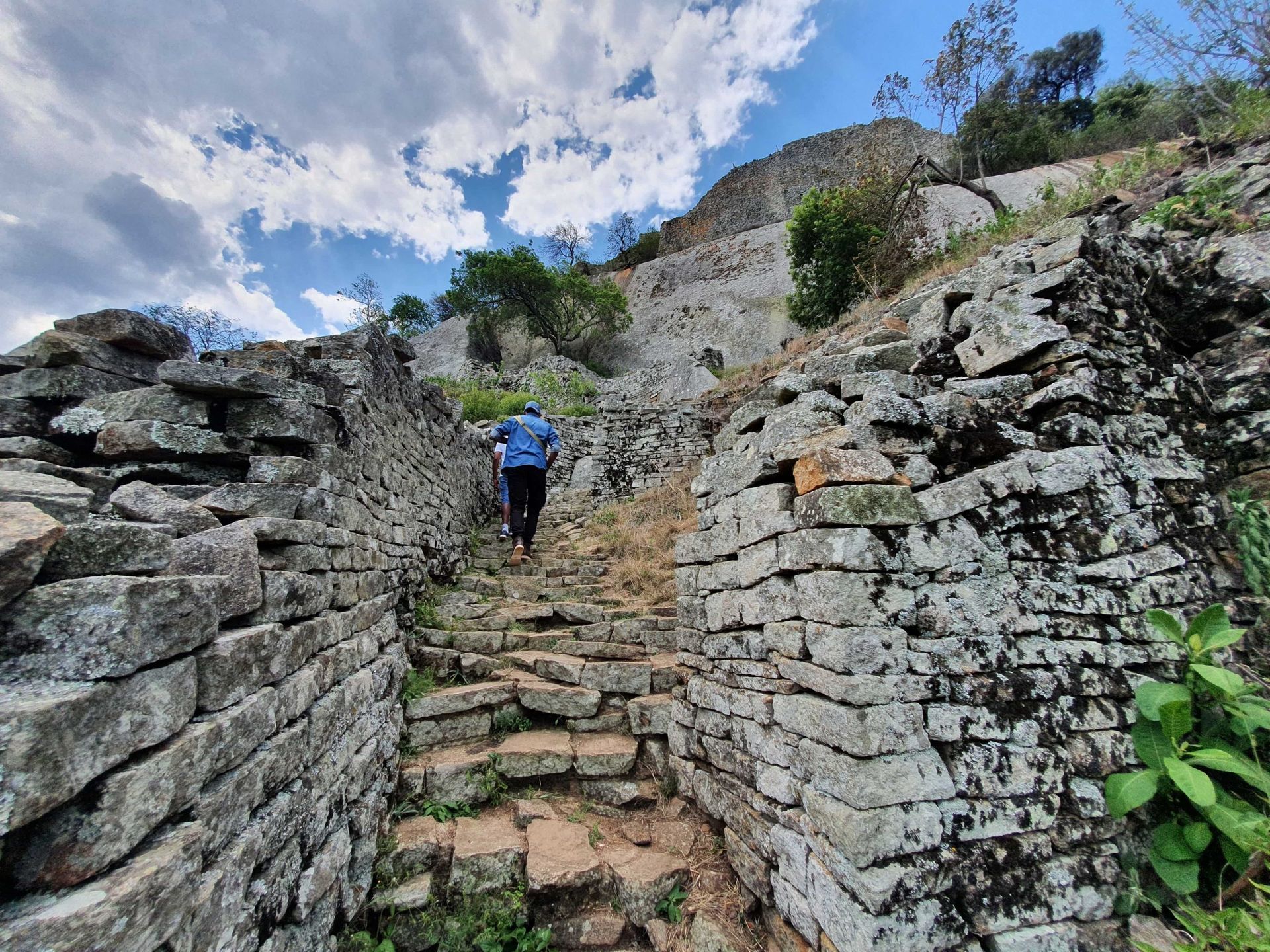
Slide title
Write your caption hereButton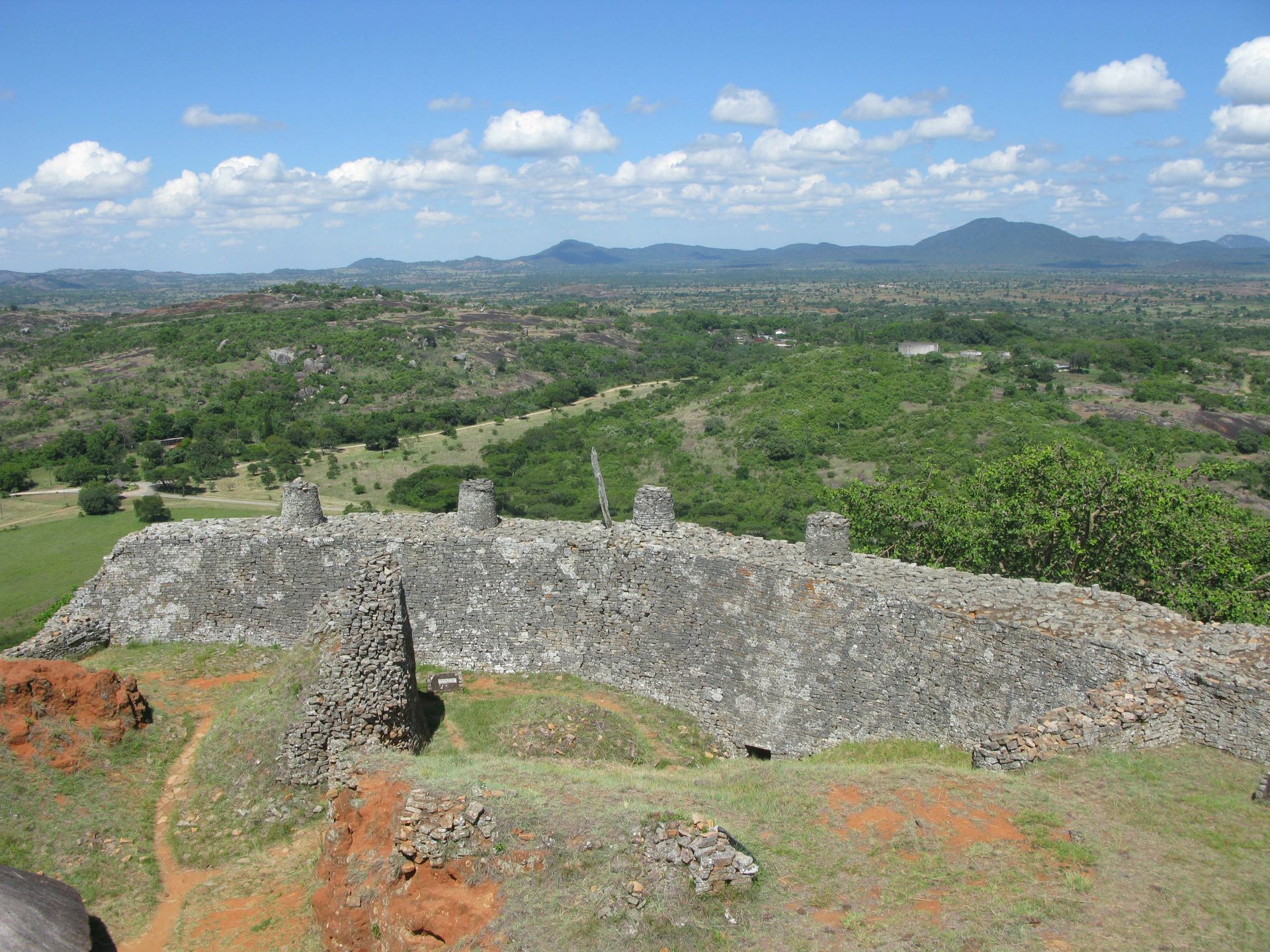
Slide title
Write your caption hereButton
GREAT ZIMBABWE
Great Zimbabwe is a captivating historical enigma. This UNESCO World Heritage Site is not your typical archaeological site – it's a vast complex of awe-inspiring stone ruins, the largest such collection in southern Africa. Built by the ancestors of the Shona people in the 11th century, this remarkable city flourished during the Late Iron Age before its eventual abandonment in the 15th century.
Great Zimbabwe remains a mystery, a testament to a powerful and sophisticated African civilization and offers a glimpse into the lives of the people who built this extraordinary city.
The most awe-inspiring aspect of Great Zimbabwe is its dry-stone architecture. These massive stone structures, some reaching 10m in height, were astonishingly built without mortar. Theories abound about the city's purpose, ranging from a royal palace and a political centre to a significant grain storage facility.
A lasting legacy of Great Zimbabwe are the soapstone bird figurines unearthed from the ruins. Known as the Zimbabwe Bird, this national symbol even graces the Zimbabwean flag.
GREAT ZIMBABWE
Great Zimbabwe is a captivating historical enigma. This UNESCO World Heritage Site is not your typical archaeological site – it's a vast complex of awe-inspiring stone ruins, the largest such collection in southern Africa. Built by the ancestors of the Shona people in the 11th century, this remarkable city flourished during the Late Iron Age before its eventual abandonment in the 15th century.
Great Zimbabwe remains a mystery, a testament to a powerful and sophisticated African civilization and offers a glimpse into the lives of the people who built this extraordinary city.
The most awe-inspiring aspect of Great Zimbabwe is its dry-stone architecture. These massive stone structures, some reaching 10m in height, were astonishingly built without mortar. Theories abound about the city's purpose, ranging from a royal palace and a political centre to a significant grain storage facility.
A lasting legacy of Great Zimbabwe are the soapstone bird figurines unearthed from the ruins. Known as the Zimbabwe Bird, this national symbol even graces the Zimbabwean flag.



EASTERN HIGHLANDS
Zimbabwe's Eastern Highlands offer a refreshing escape from the heat of the lowlands. This mountainous region, bordering Mozambique, boasts a cooler climate, lush green landscapes, and a wealth of natural beauty. Rolling hills dotted with granite outcrops paint a picturesque scene.
Adventurers can hike through pristine forests, explore cascading waterfalls, or spot unique wildlife in the Chimanimani National Park. History buffs can delve into the rich cultural heritage of the Eastern Highlands, visiting ancient ruins like those at Khami or immersing themselves in the vibrant local traditions.
Each region boasts its own unique beauty. The Nyanga Mountains are home to Zimbabwe's highest peak, Mount Nyangani, and the country's tallest waterfall, Mutarazi Falls. Here, rolling hills transform into lush forests and sparkling rivers, ideal for hiking and wildlife spotting. Travel towards the centre and you'll encounter the Bvumba Mountains, known for their refreshing climate and sprawling tea plantations.
The region boasts a rich tapestry of birdlife waiting to be discovered, making it a paradise for birdwatchers. Dotted throughout the highlands are charming towns where visitors can relax and soak up the stunning scenery. So, if you're seeking a cooler, greener side of Zimbabwe, the Eastern Highlands are a must-visit.
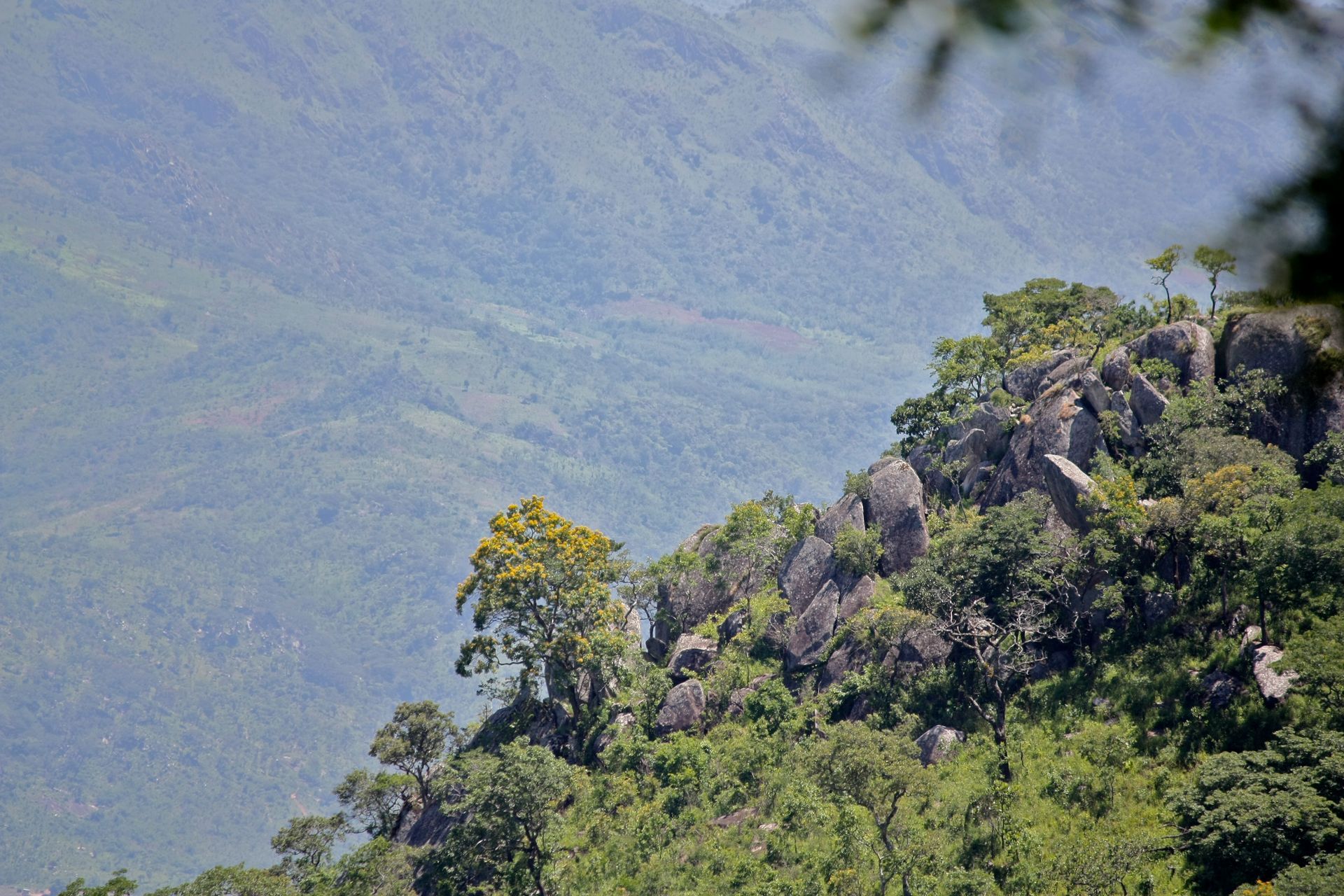
Slide title
Write your caption hereButton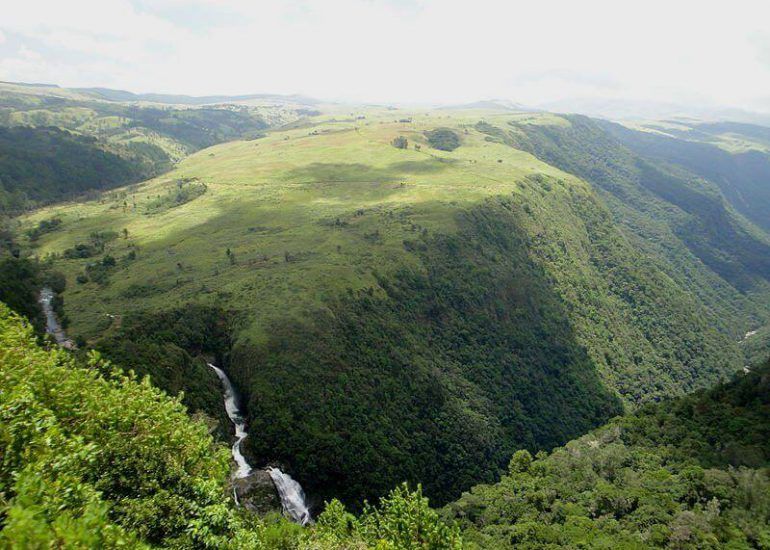
Slide title
Write your caption hereButton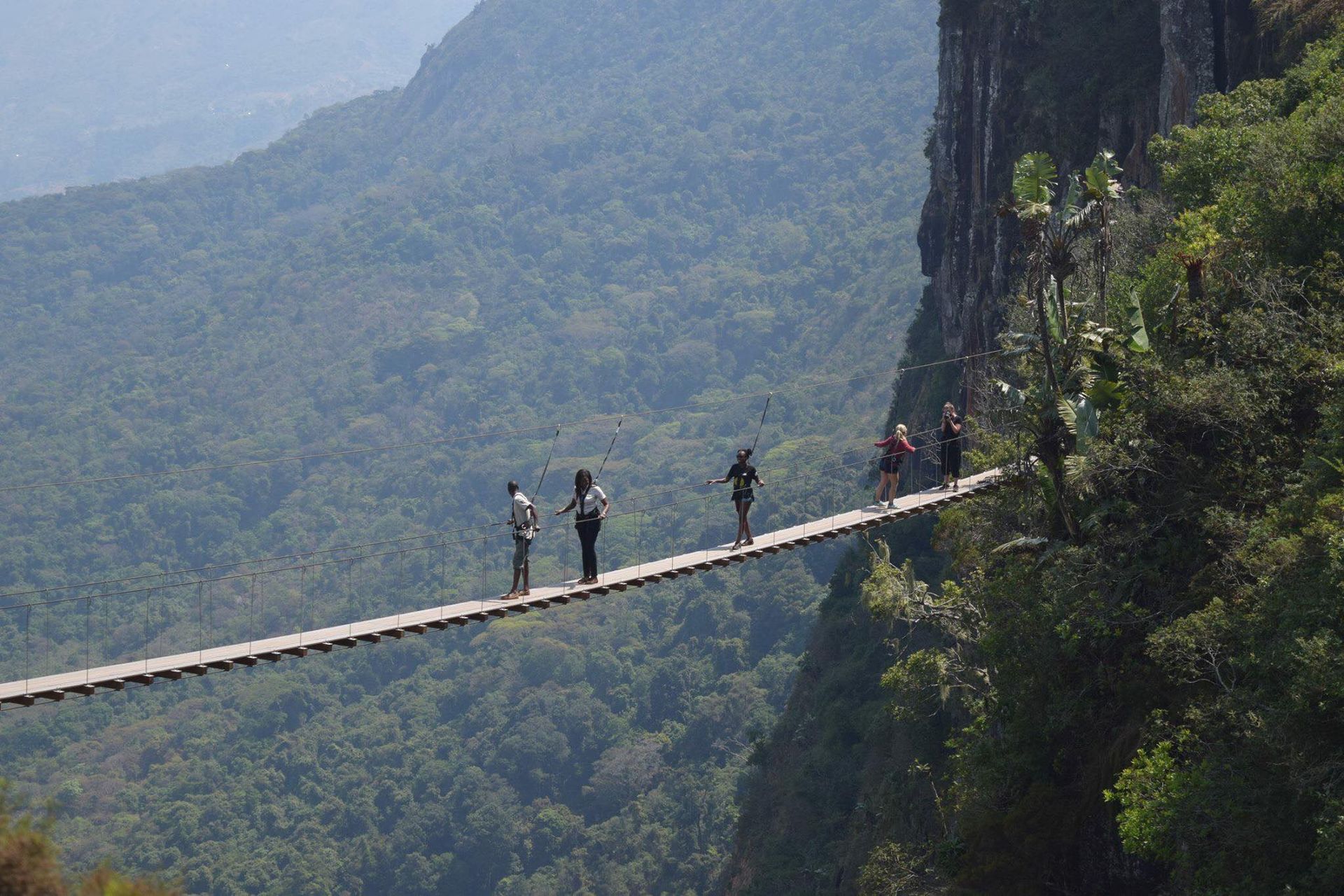
Slide title
Write your caption hereButton
EASTERN HIGHLANDS
Zimbabwe's Eastern Highlands offer a refreshing escape from the heat of the lowlands. This mountainous region, bordering Mozambique, boasts a cooler climate, lush green landscapes, and a wealth of natural beauty. Rolling hills dotted with granite outcrops paint a picturesque scene.
Adventurers can hike through pristine forests, explore cascading waterfalls, or spot unique wildlife in the Chimanimani National Park. History buffs can delve into the rich cultural heritage of the Eastern Highlands, visiting ancient ruins like those at Khami or immersing themselves in the vibrant local traditions.
Each region boasts its own unique beauty. The Nyanga Mountains are home to Zimbabwe's highest peak, Mount Nyangani, and the country's tallest waterfall, Mutarazi Falls. Here, rolling hills transform into lush forests and sparkling rivers, ideal for hiking and wildlife spotting. Travel towards the centre and you'll encounter the Bvumba Mountains, known for their refreshing climate and sprawling tea plantations.
The region boasts a rich tapestry of birdlife waiting to be discovered, making it a paradise for birdwatchers. Dotted throughout the highlands are charming towns where visitors can relax and soak up the stunning scenery. So, if you're seeking a cooler, greener side of Zimbabwe, the Eastern Highlands are a must-visit.
EASTERN HIGHLANDS
Zimbabwe's Eastern Highlands offer a refreshing escape from the heat of the lowlands. This mountainous region, bordering Mozambique, boasts a cooler climate, lush green landscapes, and a wealth of natural beauty. Rolling hills dotted with granite outcrops paint a picturesque scene.
Adventurers can hike through pristine forests, explore cascading waterfalls, or spot unique wildlife in the Chimanimani National Park. History buffs can delve into the rich cultural heritage of the Eastern Highlands, visiting ancient ruins like those at Khami or immersing themselves in the vibrant local traditions.
Each region boasts its own unique beauty. The Nyanga Mountains are home to Zimbabwe's highest peak, Mount Nyangani, and the country's tallest waterfall, Mutarazi Falls. Here, rolling hills transform into lush forests and sparkling rivers, ideal for hiking and wildlife spotting. Travel towards the centre and you'll encounter the Bvumba Mountains, known for their refreshing climate and sprawling tea plantations.
The region boasts a rich tapestry of birdlife waiting to be discovered, making it a paradise for birdwatchers. Dotted throughout the highlands are charming towns where visitors can relax and soak up the stunning scenery. So, if you're seeking a cooler, greener side of Zimbabwe, the Eastern Highlands are a must-visit.



Want to go to Zimbabwe?
Explore with Claire's stories
Want to go to Zimbabwe?
Explore with Claire's stories
Want to go to Zimbabwe?
Explore with Claire's stories



Phone: +27 82 598 3168
Email: info@hasslefreeafrica.com
124 Gladiolus Ave
Brenton on Sea
Knysna
6571
Sunny South Africa's gorgeous Garden Route
Designed & powered by: The Safari Collective
All Rights Reserved | Hassle Free Africa
Designed & powered by: The Safari Collective
All Rights Reserved | Hassle Free Africa




